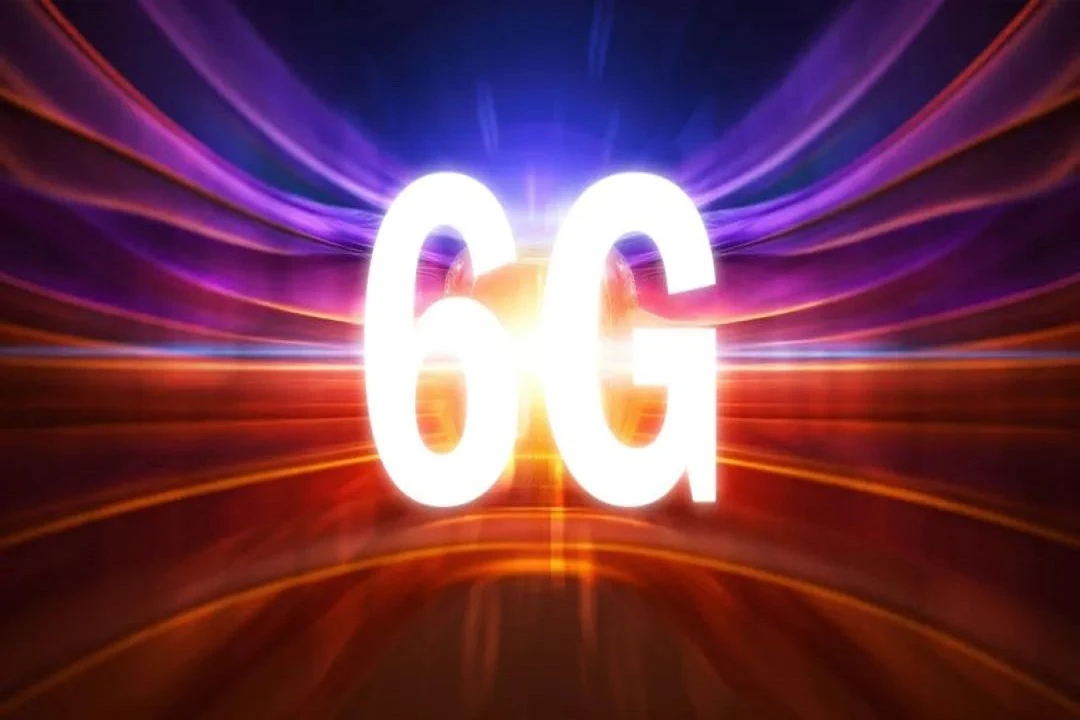The Marvels of 6G: Beyond the Numbers
As we relish the benefits of the world's largest 5G network, a significant milestone has emerged: China has successfully established the world's first 6G field test network, seamlessly integrating intelligence and communication. While 5G continues to enhance our digital experiences, the race for 6G technology is already in full swing, promising advancements that are far beyond a mere numerical increment.
Unprecedented Speeds and Reduced Latency
The most striking upgrade that 6G offers is a quantum leap in data transmission speeds. According to Liu Guangyi, chief expert at China Mobile Research Institute, 6G is theoretically capable of boosting data transfer rates to over 100 times that of 5G, achieving speeds of several gigabytes or even terabytes per second. Downloading a 1GB movie, which currently takes around three seconds on a 5G network, will take less than a second, possibly as little as 0.03 seconds, in the 6G era.
Another pivotal advancement is the dramatic reduction in network latency. While 5G operates with millisecond-level delays, 6G aims to achieve microsecond-level transmission delays, a thousand times shorter than the blink of an eye. This leap in latency will significantly enhance the performance of real-time applications.

The Power of Integration: Communication Meets Intelligence
Perhaps the most exciting aspect of 6G is its extraordinary integrative capabilities. Liu outlines three main types of integration that 6G will facilitate: the fusion of communication and sensing, the merging of communication and artificial intelligence, and the unification of terrestrial and extraterrestrial networks.
Compared to 5G, the number of connection nodes in 6G networks will expand exponentially. This means not only more connected devices but a vast increase in smart entities and robots. 6G's ultra-high connection density will enable hundreds of devices to connect per square meter, fostering deep interactions between the physical and virtual worlds.
Transformative Connectivity: From 1G to 6G
Each generation of mobile communication has brought profound changes beyond just faster speeds. The leap from 1G to 6G signifies a comprehensive transformation in both technology and application.
1G introduced bulky mobile phones with limited capabilities. 2G improved voice communication, introduced SIM cards, and made mobile phones more affordable and compact, alongside the debut of SMS. The 3G era embraced the internet, allowing phones to transmit images and audio. 4G opened the doors to the mobile internet, revolutionizing navigation, gaming, shopping, and payment apps.
5G, faster than 4G, has not only transformed consumer internet usage but also accelerated the digital transformation of industries. It has spawned new industrial ecosystems and business models, with a penetration rate exceeding 76% across 74 of 97 major economic sectors in China.
So, what will 6G change? According to Liu, 6G will reconstruct our world with unprecedented, ubiquitous connectivity, ushering in an era of "intelligent connectivity of everything." This will lead to a future where the physical and virtual worlds interact seamlessly, enabling a digital twin society and pervasive intelligence.
The Vision of Ubiquitous Connectivity
The foundation of intelligent connectivity is pervasive connection. Historically, ubiquitous connectivity has been the core direction of information and communication network evolution. In the 6G era, communication networks are expected to reach everyone, becoming as essential as water and electricity.
Liu explains that 6G will integrate terrestrial, satellite, and deep-sea networks, creating a comprehensive spatial communication network. This ubiquitous connectivity will enable holistic interaction, intelligent production, universal public services, and refined social governance.
Future interaction modes will be vastly different. Today, we can wake up smart assistants through voice commands. In the future, we will have visual interactions via gestures and eye movements, as well as emotional and brain-machine interactions. 6G technology will make all our senses starting points for interaction.
The Road to Implementation: Challenges and Prospects
The development cycle in telecommunications follows the principle of "using one generation, building another, and researching the next." As 5G is commercially deployed, countries are already strategizing for 6G research and development.
Liu highlights that the key technologies for 6G revolve around network architecture, wireless communication, and wireless networking. A new network architecture will be required to achieve intelligent and computational capabilities, alongside breakthroughs in large-scale antenna technology and new wireless transmission techniques. Moreover, multi-band integrated networking, heterogeneous networking, new passive IoT, and network-integrated sensing technologies are essential.
Satellite networks will be crucial for achieving comprehensive coverage. Stable and efficient transmission between satellites and ground stations, optimized signal reception, advanced satellite computing, and enhanced inter-satellite links will be necessary. Additionally, AI will empower network self-organization, ensuring intelligent satellite-ground integration.
Security: The Bedrock of Future Networks
Security remains paramount in building an integrated sky, ground, and sea network. With satellite internet applications in autonomous driving, space-ground control, and IoT, potential threats such as signal interference, supply chain attacks, and cryptographic security breaches loom large. As Quan Xiaowen, chairman of Shengbang Security, asserts, conquering core encryption technologies is crucial. Only by fortifying security can 6G lead us to an intelligent new horizon brimming with futuristic potential.


